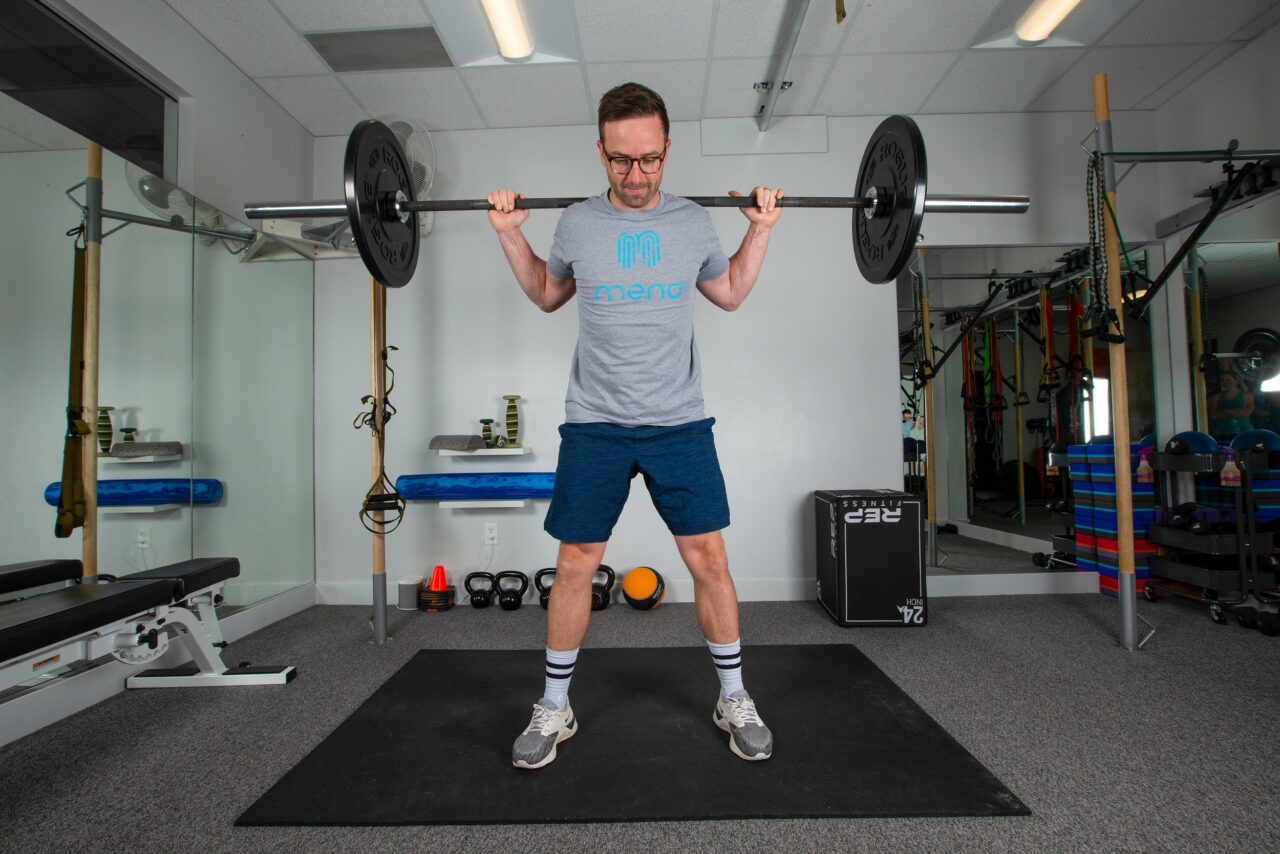Typical instruction for squat stance is a generic recommendation to stand shoulder width apart with your toes turned out slightly. This is a great starting point, but that does not mean it is the optimal stance for everyone. Whether you are a CrossFit athlete, performance weight lifter, or doing squats for general fitness, please read on to learn how you can optimize and personalize your squat form.
The squat is a compound movement that involves coordination and loading of multiple large joints. An ideal stance is highly dependent on the specific anatomy of the individual performing the movement. Everyone is built differently and this anatomical variance must be accounted for when instructing squats. Variation in femur length, hip socket position, and relative rotation of the femur are important factors to consider when determining the stance that will be optimal for an individual.
Mobility is also essential to performing a proper squat. Specifically, available range of motion at the ankle, knee, and hip should be assessed for restriction that could impact your ability to squat to full depth. When considering more advanced variations of the squat such as the front squat and overhead squat, one must also assess elbow flexion, shoulder external rotation, thoracic rotation, and even shoulder flexion. These movements can all be done as an at home self-assessment.
Physical Therapists are the ideal provider to see for optimization of your squat stance. We are skilled in assessment of anatomical variation to identify the ideal stance width and foot angle for your squats. This assessment can help improve your performance both in the gym and in the world by enabling you to train more confidently and comfortably. Schedule a free consultation with a physical therapist at Mend in Boulder where we have specialists who work specifically with weight lifters and CrossFit athletes.

